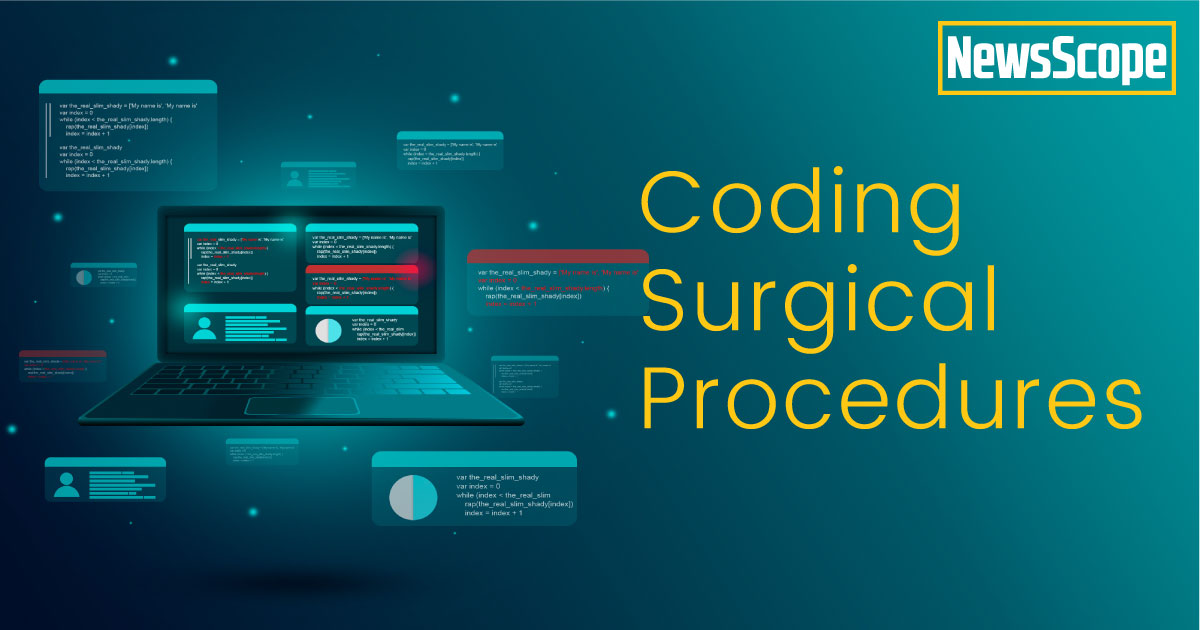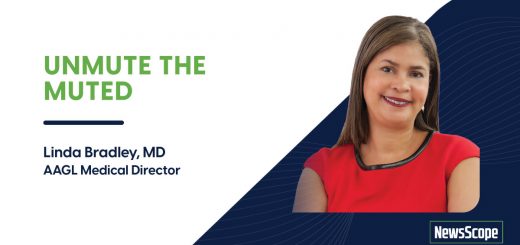Coding Decoded: Two US Code Updates

Every July, the Centers for Medicare and Medicaid Services (CMS) are mandated by Congress to release the “proposed rule” for the following year physician fee schedule (e.g., 2024 fee schedule proposed rule was released July 2023). The proposed rule releases to the public what services will be covered by CMS and what the proposed Medicare conversion factor will be (how many dollars per RVU). After a period for public comment (usually 60 days), the final rule is released in November and takes effect on January 1 (unless specifically stated that it is effective immediately). The proposed rule considers the work that the American Medical Association Specialty Society RVS Update Committee (the RUC) has done in valuing physician time and intensity. Historically, CMS accepts about 90% of the values recommended by the RUC. The final rule considers all the public comments about the proposed rule. This year, the proposed rule contains two important updates to AAGL members in the United States.
First, the CPT Editorial Panel changed the Transcervical uterine fibroid(s) ablation with ultrasound guidance, radiofrequency (RF) code from a category 3 code (used for new and emerging technologies) to a category 1 code (widely available and used – my words, not CPT). This triggered an automatic survey of GYN surgeons (maybe you even participated – 8000 ACOG members were sent surveys) to determine the work involved and CMS agreed with the RUC and valued the procedure at 7.21 wRVUs. As a new technology, the code will be re-evaluated in 3 years.
CMS and CPT have now approved two CPT codes for RF ablation of fibroids – a laparoscopic approach (58674) and this hysteroscopic approach. Code 58674 went through the same process in 2015, with the survey done in the fall of 2015, and valued in the proposed rule July 2016, effective January 1, 2017.
Second, the CPT Editorial Panel created a new CPT code for reporting a pelvic exam. Surprisingly, there has been no practice reimbursement for the cost of a speculum or chaperone when doing a speculum exam in a private practice office. The American College of Obstetricians and Gynecologists (ACOG), American Urological Association (AUA) and the American Academy of Family Physicians (AAFP) worked together to create a practice expense only code that would reimburse the supplies cost and the chaperone cost of performing a speculum exam. (If you see or know Dr. Mitch Schuster, ACOG, AUGS and AUA member from Alabama, pat him on the back for all his efforts.) CMS has agreed that the expense inputs for this code from the RUC are valued correctly but has not posted any actual reimbursement numbers. Any physician “work” of the exam should be reported and paid with the problem-oriented E/M code billed for the visit (the complexity of medical decision making would increase if an exam were required to properly make a diagnosis and formulate a treatment plan). This code can only be used in a non-facility setting. A hospital-based practice would use facility fees to cover the cost of supplies used for any patient encounter.
Please send me any thoughts or comments on coding in GYN surgery.






